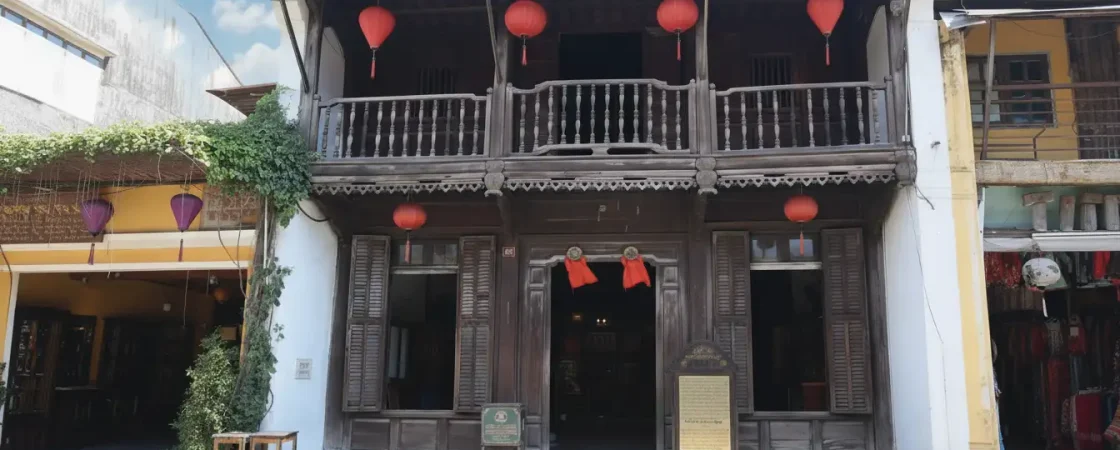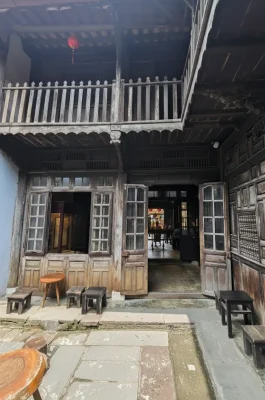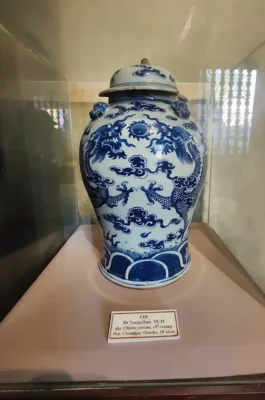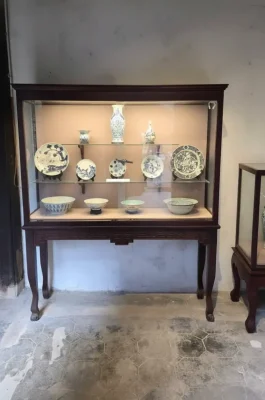Hoi An Museum of Trade Ceramics: Echoes of a Golden Trading Port
The Museum of Trade Ceramics (Bao Tang Gom Su Mau Dich) offers a captivating look into the history of Hoi An, once known as Fai Fo, as a bustling international trading port. It occupies a beautifully restored, two-story wooden merchant house, allowing visitors to appreciate the city’s unique architectural heritage alongside its cultural artifacts. The museum preserves the golden age when the town served as a crucial stop on the maritime silk road, showcasing the depth of cultural exchange that shaped Central Vietnam.
I. Historical Significance and Architecture
The museum is housed in a traditional Vietnamese merchant house that possibly dates back to 1858. This structure embodies the fusion of Vietnamese, Chinese, and Japanese architectural styles typical of Hoi An Ancient Town.
Building Heritage: The museum features elaborate wooden carvings, a central open courtyard, and a distinctive layout that was common for promoting airflow in the pre-electric age. Visitors experience the everyday environment of a prosperous 19th-century merchant family.
Preservation: The house officially became a museum in 1995, following restoration efforts supported by Japanese experts, reflecting the historical trading relationship between the two nations.
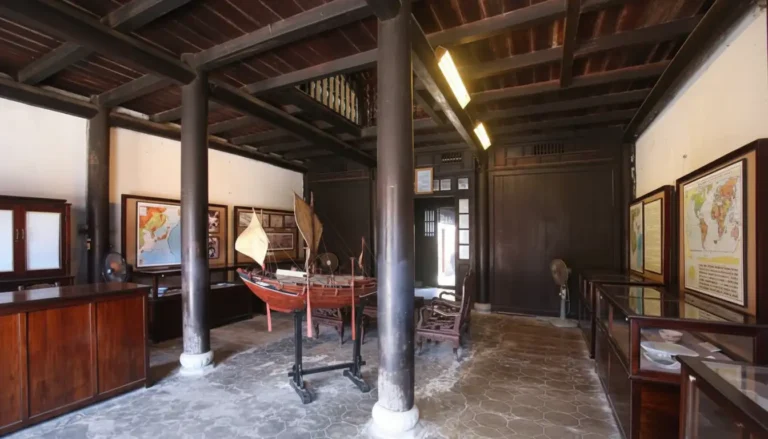
II. The Collection: A Record of International Exchange
The museum’s core mission centers on displaying and interpreting ceramic artifacts discovered in local archaeological sites. The collection comprises over 430 pieces and fragments.
Diverse Origins: The exhibits feature pottery imported through the port between the 8th and 18th centuries. Consequently, visitors see high-quality ceramics from China, Japan, Thailand, India, and the Middle East, confirming Hoi An’s pivotal role in global trade networks.
Notable Pieces: The collection includes fragments and intact pieces of daily ware, decorative objects, and even items recovered from a shipwreck in the nearby sea in 1733. These artifacts provide tangible evidence of the types of goods and cultural aesthetics that passed through the ancient port.
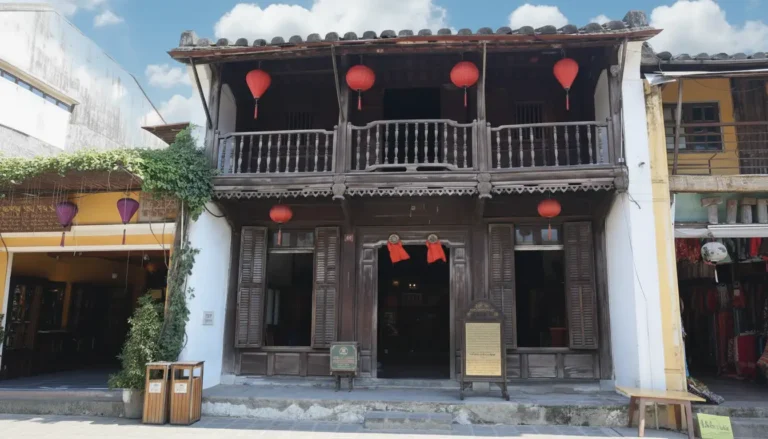
III. Essential Visitor Information
Planning your visit to this historical site requires knowing the practical details.
Address: No. 80, Tran Phu Street (Duong Tran Phu), Minh An Ward, Hoi An City, Quang Nam Province, Vietnam.
Operating Hours: The museum generally opens daily from 8:00 AM to 5:00 PM (some sources suggest hours extend to 9:00 PM, but the earlier time is more standard for ticketed sites). We recommend checking local signage upon arrival.
Entrance Fee: The Museum of Trade Ceramics is typically included in the Hoi An Ancient Town entrance ticket. Foreign visitors must purchase this single ticket, which generally costs 120,000 VND and grants access to a selection of five heritage sites (museums, assembly halls, or ancient houses). Visitors should confirm the price and selection before touring.
Visitor Notes: The small size of the museum ensures you can complete a thorough visit in under an hour. Do not forget to look up and admire the historic timber architecture as much as the artifacts! Finally, you must not touch any of the ceramic artifacts, preserving these ancient treasures for future generations.
